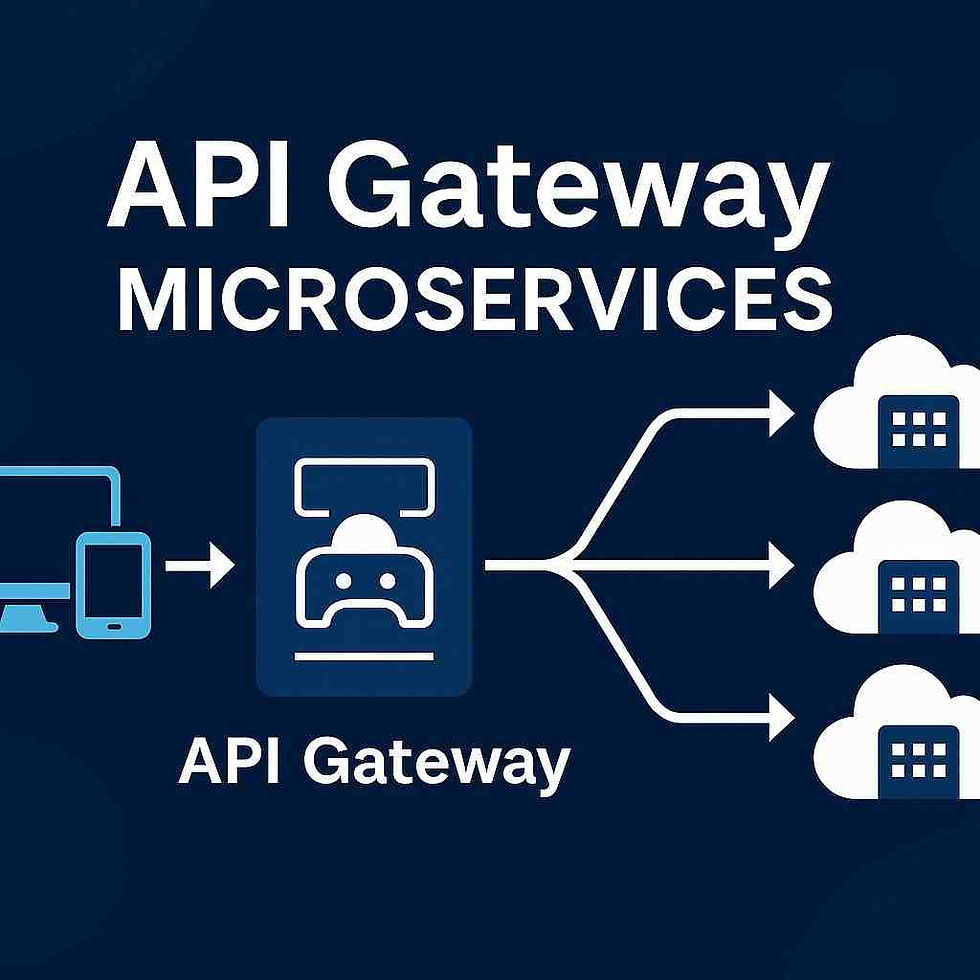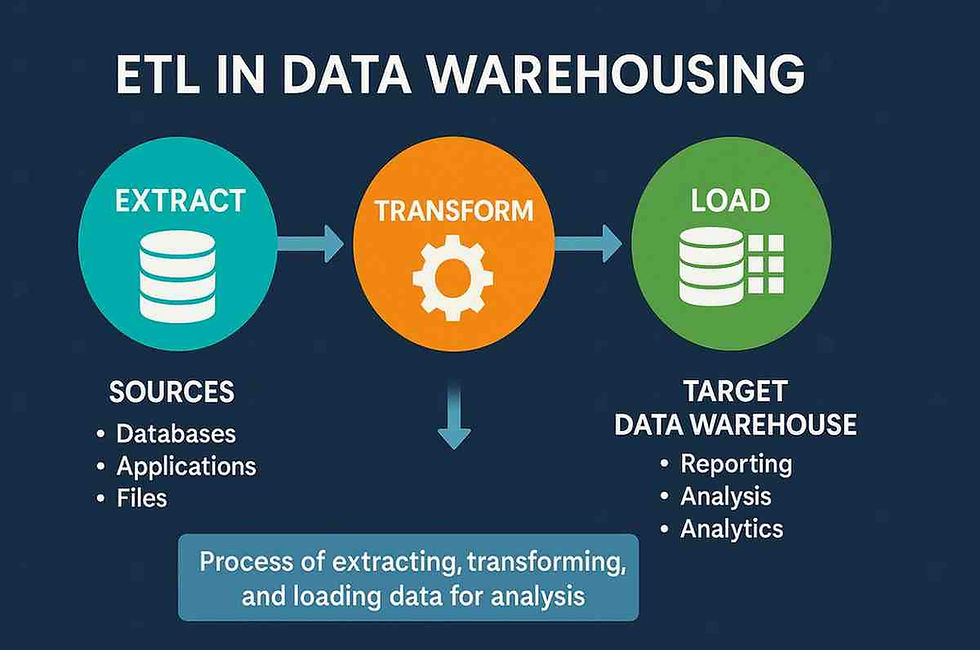Guide to “What is QA QC Policy?” – Best Practices & Insights
- Gunashree RS
- Jun 11
- 4 min read
In today’s competitive market, simply meeting minimum requirements isn't enough—organizations must consistently deliver high-quality products or services. That’s where a QA (Quality Assurance) / QC (Quality Control) policy comes into play. Let’s dive deep into what it is, why it matters, and how to implement one effectively.
✅ What Is a QA QC Policy?
A QA QC policy is a formal document that outlines an organization’s approach to quality throughout its operational lifecycle. It ensures:
Consistency in products and services
Compliance with customer, industry, and regulatory standards
Accountability through defined roles and responsibilities
Continuous improvement via feedback and process control
📌 Core Purpose: Create trust and efficiency by embedding quality at every stage—plan, design, produce, verify, deliver.

🧭 QA vs QC: Understanding the Difference
While often used together, QA and QC serve distinct roles:
Aspect | Quality Assurance (QA) | Quality Control (QC) |
🔍 Focus | Process design and management | Product inspection and testing |
📘 Objective | Prevent defects | Identify & fix defects |
📌 When It Happens | During development & production planning | After/during production or implementation |
🧰 Tools Used | SOPs, audits, training, risk management | Statistical tests, sampling, and inspections |
Bottom line: QA is proactive—aimed at prevention; QC is reactive—focused on detection and correction.
🛡️ Why Your Organization Needs a QA QC Policy
Enhances Customer Trust When products consistently meet expectations, long-term loyalty increases.
Reduces Costs Preventing errors is significantly cheaper than correcting them later.
Ensures Compliance Avoid fines, recalls, or reputational damage by meeting regulations.
Promotes Continuous Improvement Ongoing audits and reviews uncover inefficiencies and improvement opportunities.
Clarifies Accountability Everyone—QA manager, inspectors, team leads—knows their quality roles.
🧩 Key Elements of a QA QC Policy
A well-crafted QA QC policy should include:
Scope & Objectives Define which products, services, departments, or locations the policy covers, and state the purpose and targets.
Roles & Responsibilities
QA Manager: policy oversight, training, internal audits
QC Inspectors: conduct tests, record findings
Staff: follow SOPs, report issues
Procedures & Workflows
SOPs for production, testing, documentation, and corrective actions
Risk assessment framework
QA Practices
Process audits
Staff training frequency and methods
Document control and version tracking
QC Procedures
Inspection checklists
Sampling plans (e.g., AQL)
Non-conformance handling and CAPA (Corrective Action/Preventive Action)
Records & Documentation Controls
Test reports, audit logs, certificate traceability
Secure document storage (digital or physical)
Continuous Improvement & Review
KPI tracking (defect rates, customer feedback)
Regular review and revision schedule
🔧 How to Implement a QA QC Policy
Step-by-Step Implementation
Define Scope & Objectives
Map Procedures and document SOPs
Assign Responsibilities to QA leads, QC inspectors.
Train All Staff, using workshops or online courses.
Pilot & Audit the new procedures in one department
Scale Rollout with iterative refinements
Monitor using KPIs like defect rate, customer complaints.
Review & Update annually or when changes occur.
Example Implementation Timeline
Phase | Timeline | Activities |
Planning & Design | Month 1 | Define scope, draft SOPs, and assign roles |
Training & Pilot | Months 2–3 | Train team, run pilot, collect feedback |
Rollout | Months 4–6 | Expand across the organization, refine workflows |
Review | Month 12 | Audit results, update policy for next cycle |
🟢 Benefits & Potential Pitfalls
Benefits:
Reduced rework and waste
Improved compliance readiness
Boosted efficiency across teams
Stronger customer satisfaction
Pitfalls to Avoid:
Overly rigid processes that stifle innovation
Lack of ownership if roles aren't clearly defined
Poor documentation leading to confusion
No KPI tracking, which makes improvement impossible
Frequently Asked Questions
1. Why is a combined QA QC policy important? A unified policy ensures standards and procedures flow from planning (QA) through verification (QC), leading to seamless quality control.
2. How often should it be reviewed? Annually or whenever there’s a new product, a regulation change, or a process adjustment.
3. Who needs QA QC training? Everyone—from frontline workers to auditors and managers—must get training tailored to their role.
4. What KPIs are most useful? Defect density, first-pass yield, customer complaints, and audit non-conformities.
5. How detailed should SOPs be? Clear enough for untrained personnel to follow. Use visuals, checklists, and easy-to-read language.
6. Can small businesses benefit too? Absolutely. Even a simple QA QC policy improves consistency, reduces mistakes, and enhances professional image.
✅ Conclusion
A robust QA QC policy is essential for ensuring product excellence, regulatory compliance, and continuous improvement. By embedding quality into your culture and operations—through well-defined roles, processes, and documentation—you create a reliable, trusted, and efficient system that benefits customers and your bottom line.
🧠 Key Takeaways
QA QC policy formalizes how your organization prevents, detects, and corrects defects.
QA (process-focused) ≠ QC (product-focused), but both must work together.
Policy should cover scope, responsibilities, SOPs, documentation, and review cycles.
Successful implementation relies on training, KPIs, audits, and periodic updates.
Even small businesses gain from structured quality practices—cost control, trust, and compliance.




Link INDOVIP138
indovip138
indovip138
indovip138
indovip138
indovip138
indovip138
indovip138
indovip138
indovip138
indovip138
indovip138
indovip138
indovip138
indovip138
indovip138
indovip138
indovip138
indovip138
indovip138
indovip138
indovip138
indovip138
indovip138
indovip138
indovip138
indovip138
indovip138
indovip138
indovip138
indovip138
indovip138
indovip138